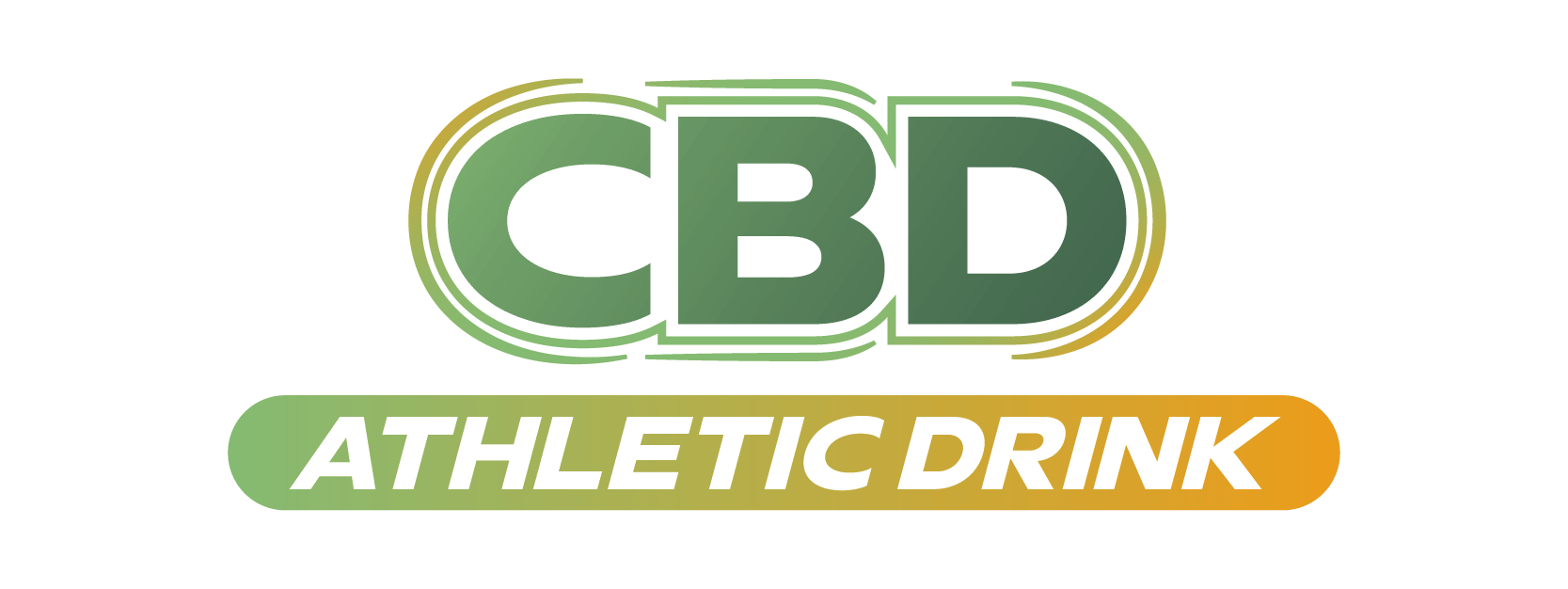Formulating CBD beverages involves far more than simply blending cannabidiol with water or juice. Behind every clear, shelf-stable, and effective CBD drink lies a precise balance of chemistry—particularly the interaction between pH, emulsifiers, and carrier agents. These components determine how efficiently CBD disperses in a beverage, how long it remains stable, and how effectively the body absorbs it.
pH and CBD Stability
Cannabidiol is hydrophobic, meaning it doesn’t dissolve easily in water. In beverage formulations, pH plays a critical role in maintaining CBD’s structural integrity and ensuring it interacts properly with emulsifiers. The optimal pH range for most CBD drinks typically falls between 4.0 and 6.0—slightly acidic but not enough to destabilize cannabinoids.
If the pH drops too low (below 3.5), the acidic environment can cause cannabinoid degradation, leading to reduced potency and unwanted flavor changes. On the other hand, an overly basic environment can cause emulsions to separate, resulting in cloudy drinks and inconsistent dosing. Beverage chemists therefore use buffered systems—citric acid, sodium citrate, or potassium phosphate—to keep the pH stable over the product’s shelf life.
Emulsifiers: Keeping CBD Uniform
Since cannabinoids resist mixing with water, emulsifiers act as the bridge between oil and aqueous phases. Emulsifiers stabilize the mixture by reducing surface tension, allowing oil droplets containing CBD to remain evenly dispersed in the liquid. Commonly used emulsifiers in CBD drink formulations include lecithin, gum arabic, quillaja saponins, and modified starches. Each has unique molecular properties that dictate droplet size, texture, and mouthfeel.
Nanoemulsion technology—where CBD oil is broken into droplets smaller than 100 nanometers—has revolutionized the market. Smaller droplets mean greater surface area, allowing for improved stability, faster absorption, and clearer beverages. This is crucial for consumers seeking fast-acting effects in athletic recovery or relaxation drinks. However, achieving consistent nanoemulsion quality requires precise control of pressure, shear forces, and emulsifier concentration during production.
Carriers: Enhancing Solubility and Bioavailability
Carriers are the unsung heroes of CBD formulation. These compounds transport the hydrophobic cannabinoids through the digestive system or bloodstream more efficiently. In beverages, carriers like medium-chain triglycerides (MCT oil), propylene glycol, or glycerin are often used to encapsulate CBD molecules before emulsification. The carrier’s polarity and viscosity directly influence the emulsion’s stability and how the body metabolizes CBD.
MCT oil remains a top choice because it enhances bioavailability—helping the body absorb more CBD per dose compared to raw extract. Glycerin, on the other hand, adds sweetness and viscosity, often used in functional beverages where taste and mouthfeel matter. The synergy between carrier and emulsifier determines not only how CBD behaves in the bottle but how effectively it performs in the body.
Scientific Precision in Consumer Experience
Creating a stable, effective CBD beverage is an exercise in precision chemistry. Even minor shifts in pH, emulsifier ratio, or carrier type can change how the product tastes, appears, or delivers its effects. As consumers demand cleaner labels and faster absorption, beverage scientists continue refining these micro-formulation variables. The future of CBD drinks will depend on how well manufacturers harness this chemistry to create products that are both scientifically sound and enjoyable to drink.

